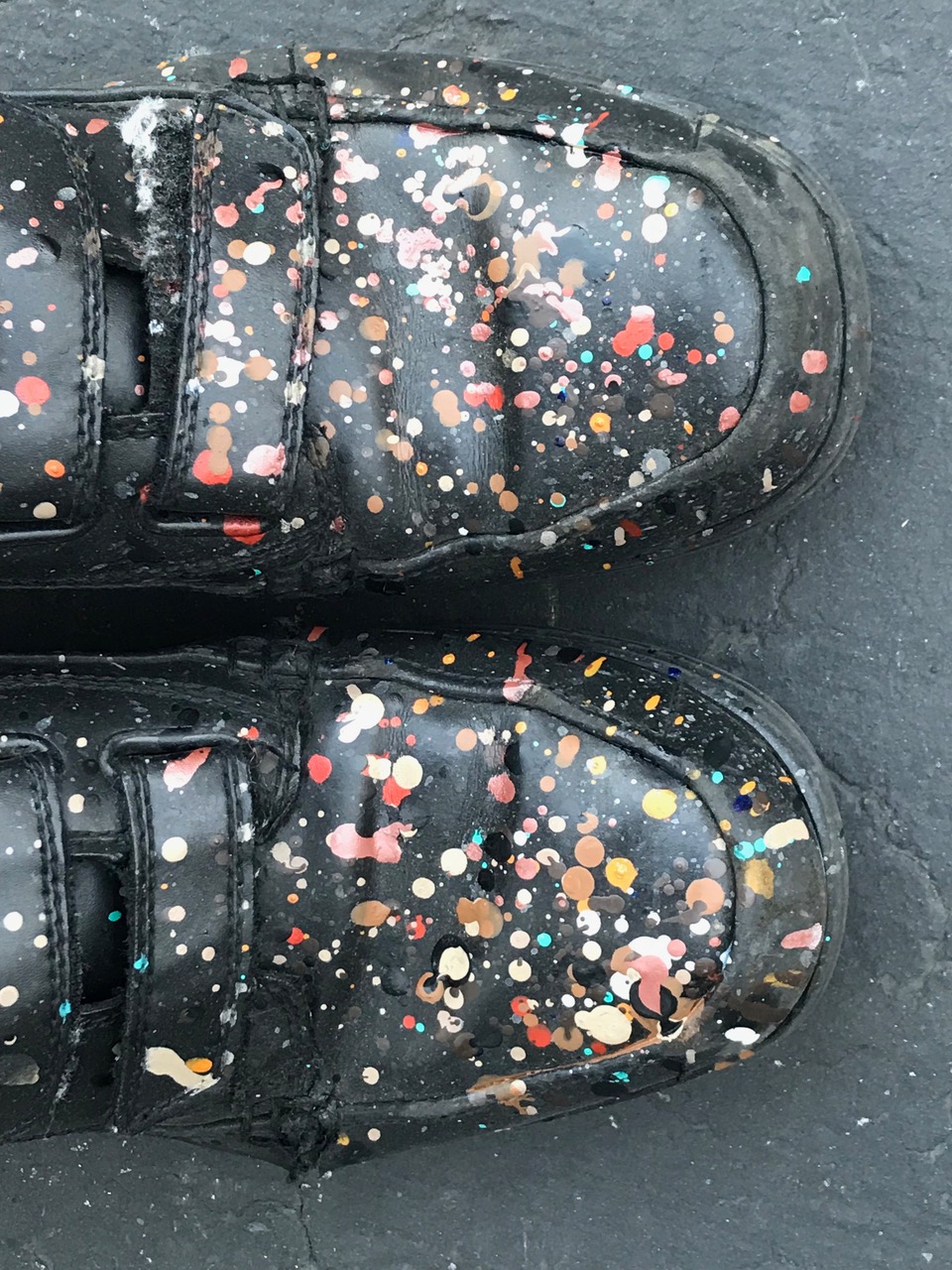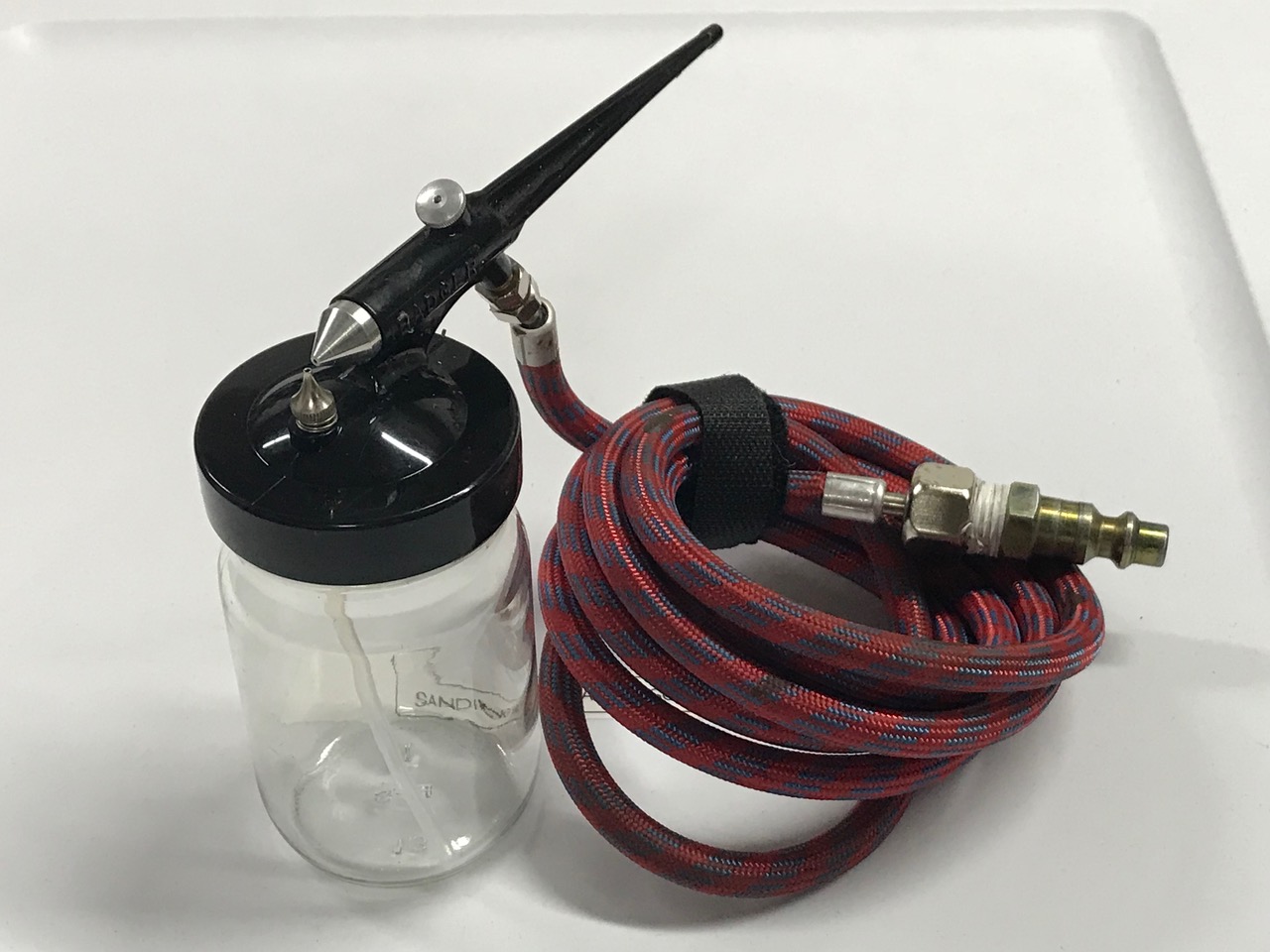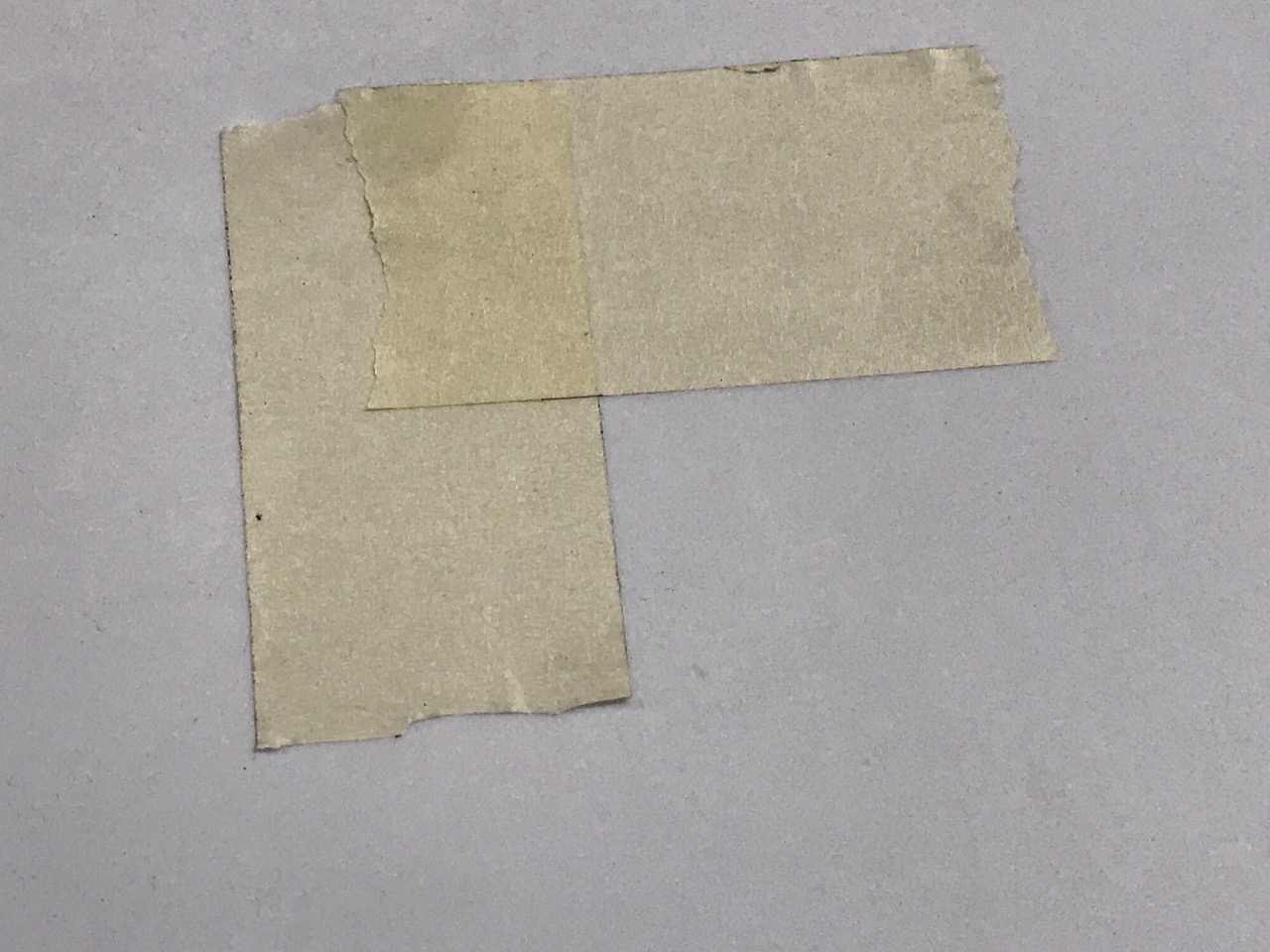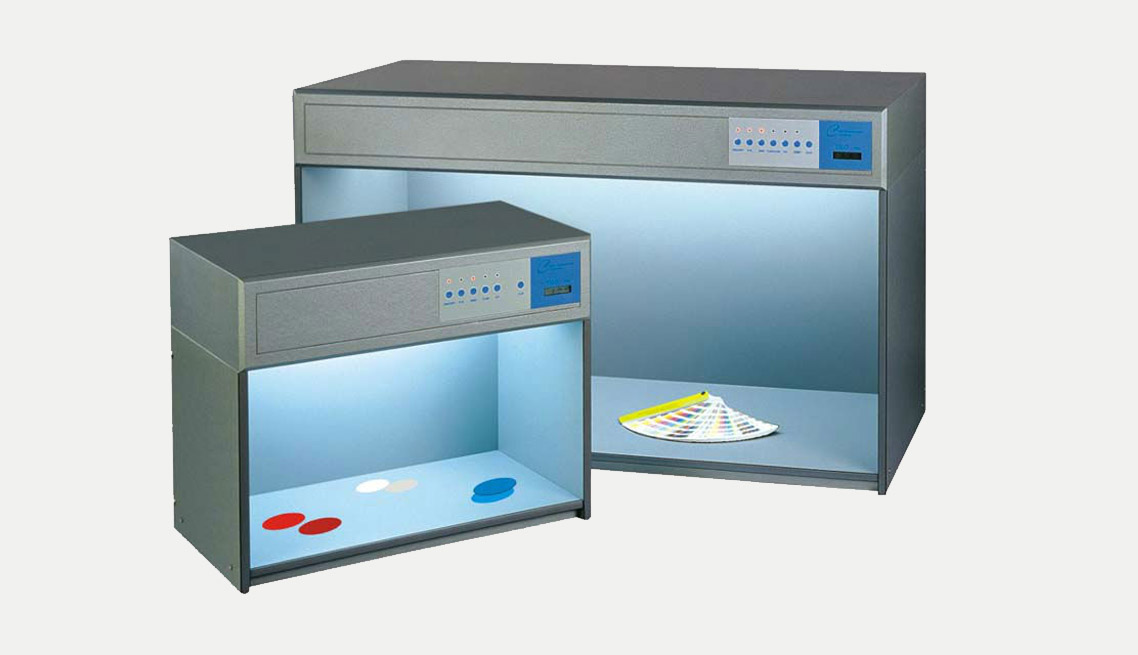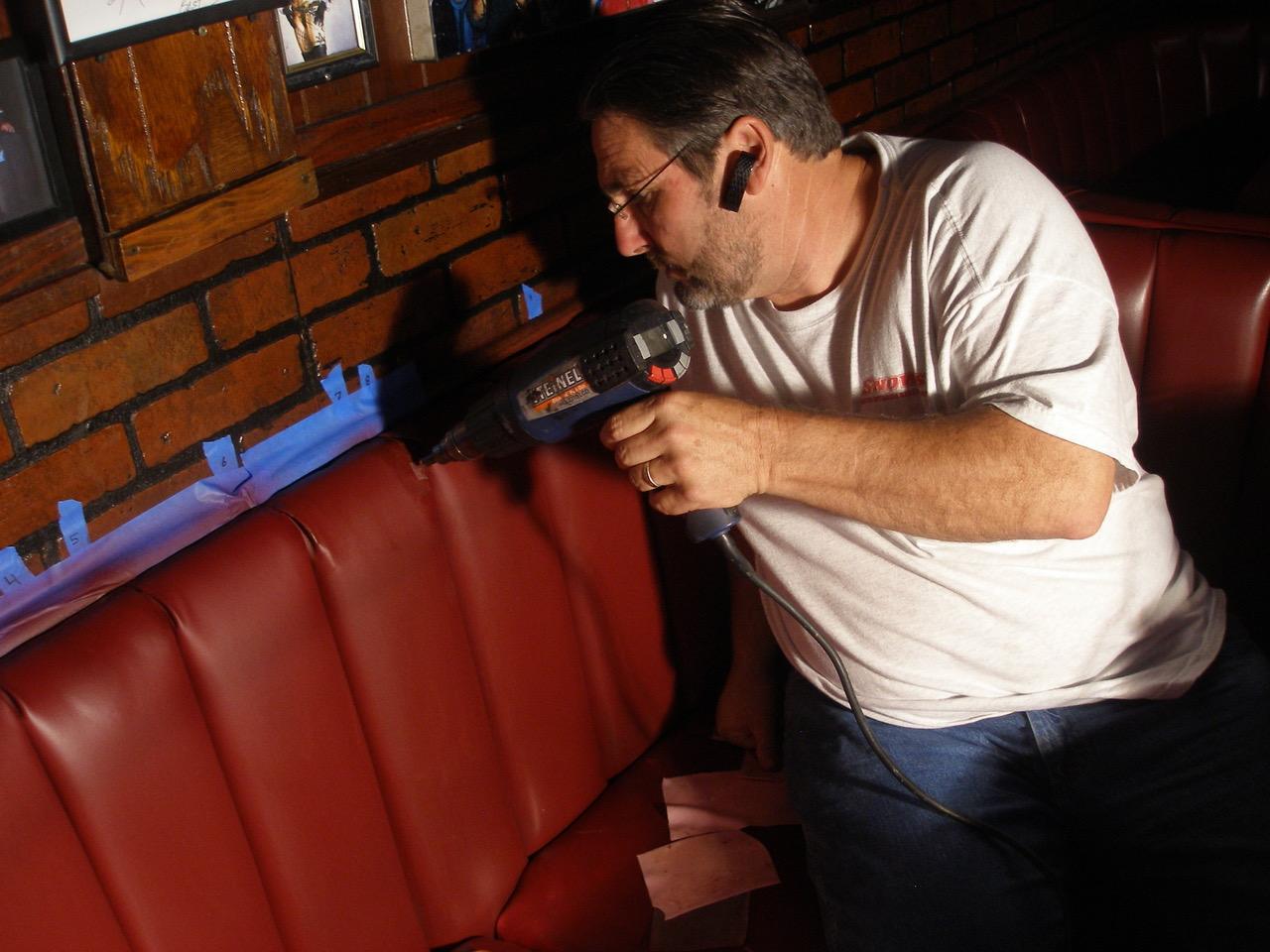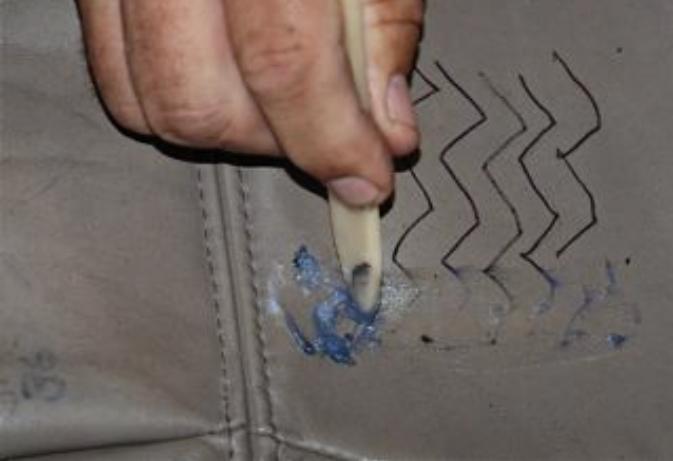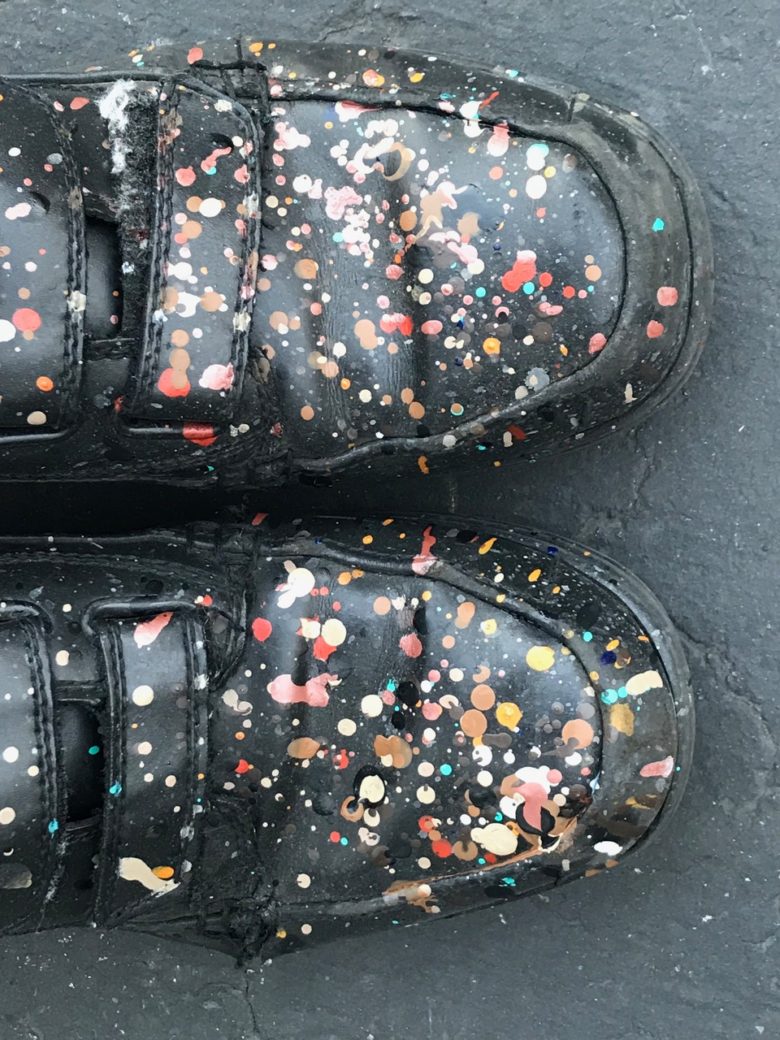
NICE SHOES
Getting to Grey, Part Three of Three…
By Doug Snow and Kian Amirkhizi
Sean looks down the darkened hallway, the heat from his worried face fogging his tarnished wire-rimmed bifocals. His brow furrowing as he pulls off the glasses. Hastily, he wipes them on his shirt, inadvertently revealing a slightly rotund and distended belly over his normal rock-hard abs. He knew in his heart of hearts that meatball he had at lunch likely had gluten. Why, did he eat it? His stomach gurgles. He’ll deal with that later.
Silently, he wonders if this was such a great idea after all. CRACK! He spins to see what that was. He squints, but sees nothing. A bead of sweat rolls down his cheek like an errant tear. He’d been spending too much time at work, and he thought this might be a great way to reconnect with his kids. He looks over at Conner, then Cade. Conner looks at his Dad in a way that says, “I wish I had gone to karate classes like you wanted me to.” Sean nods as if he knows. He could see it in their eyes—they were scared. The noises are definitely frightening. Chainsaws, picks and shovels clanked together in a cacophonous metallic orchestra. Just then, a screeching, slashing sound seemingly moving ever closer. Is it a person, an animal or something in between? It’s hard to tell, between the loud rock music and fluorescent lighting.
Sean is dazed. Gulp! Another scream. This isn’t funny anymore. He feels a push behind him, someone was nudging him to go forward. He yells at his kids. “Move!” Down the hallway they go, the scraping growing louder, footsteps approaching. Sean turns a corner. BOOM! A man dressed in shredded, blood-tattered clothing comes out of nowhere and strikes an axe hard at Sean’s feet.
Sparks fly. Sean startled, looks at the man. Fists clench in auto mode, ready to take it to the next level if needed, standing tall, protecting his brood. But something odd about the man’s demeanor gives Sean pause. The man surprisingly isn’t interested in swinging the axe, as his eyes remain transfixed at floor level.
“Nice shoes,” says the gravelly voice of the axe-wielding man-beast matter-of-factly. Then laughs out loud as he moves to his next victim, the axe in tow.
“Nice shoes.” Sean mouths the words to himself. Bewildered, he looks down at his shoes and realizes that he’d come straight from work with no time to change. The fluorescent lighting at Halloween Horror Nights, nestled in the quiet hills of Valencia, picked up a rainbow of colors splashed randomly about his work shoes.
Being a busy technician in the interior repair industry meant mixing lots of colors. And where does all that color tend to go in a sporadic unplanned testimony to all your hard work? Your shoes of course! Every salty-dog interior repairman knows this, because we all have the same pair of shoes.
And so begins the third and final installment of “Getting to Grey,” where we have discussed some of the most important precepts that anyone mixing color should understand. Let’s cover a few more in our final installment.
Creative Mindset
Let’s start by addressing the mindset of color mixing. Repairs are generally more technically oriented and color matching much different. I consider it a creative right-brained activity. It’s actually a great time to relax and let the stress of the job leave your body. Take a deep breath and enjoy the next few minutes.
Being tense and mixing colors is not the formula for effective color matching. Perhaps playing some soothing music to generate some alpha waves might help. Whatever the case, make this time enjoyable. After all, if you really enjoy your work, you are really not working.
Best Air Brush for Color Matching
I have always used the Badger siphon-fed style of airbrush. It’s a very efficient and simple system for checking your color match on a sample cushion or whatever you are using for a control color. What I appreciate most about the airbrush, is the clear tube that siphons the color for atomization. It’s easy to clean afterwards, preventing color contamination from the previous color-match spray test. Just have a cup of clean water to rinse the tube clean after each color check.
Use two pieces of tape fixed at a right angle. This gives you two sides to compare and contrast your color match.
Practical Tip: When checking your color match, apply two coats of color for better accuracy. If the pigment to resin ratio is low, you may have translucency, which allows the color underneath to combine with the color that you are spraying for the match.
Light Sources: Metamerism
Metamerism is the distortion of hue when observing a color under different light sources. In other words, mixing a color under a fluorescent light and then viewing that same color under sunlight, will likely be a totally different color. This happens when pigments react differently under varying light influences.
Whenever you match a color, make sure you are using the light source most like the one under which the finished product will be viewed. Try to find an area free from ambient light pollution from extraneous sources.
Metamerism is also why “butt-matches” are so difficult. Say, for example, an upholsterer asks you to match a panel prior to installation on a dress cover. No matter how perfect that color match might be, it’s likely that it will be observable at some point due to the effect of metamerism. Best to gradually blend in an area rather than have a “butt-match”.
Having a consistent light source can be helpful in eliminating variables. Of course, the standard is sunlight, but for a variety of reasons may not be practical. Having a handheld light source similar to the light spectrum of sunlight is a great choice. And now it’s really inexpensive. Consider this han.dy device available on Amazon. For less than $60, this will give you an accurate and consistent light source to remove the variables when mixing colors in the field, shop or home.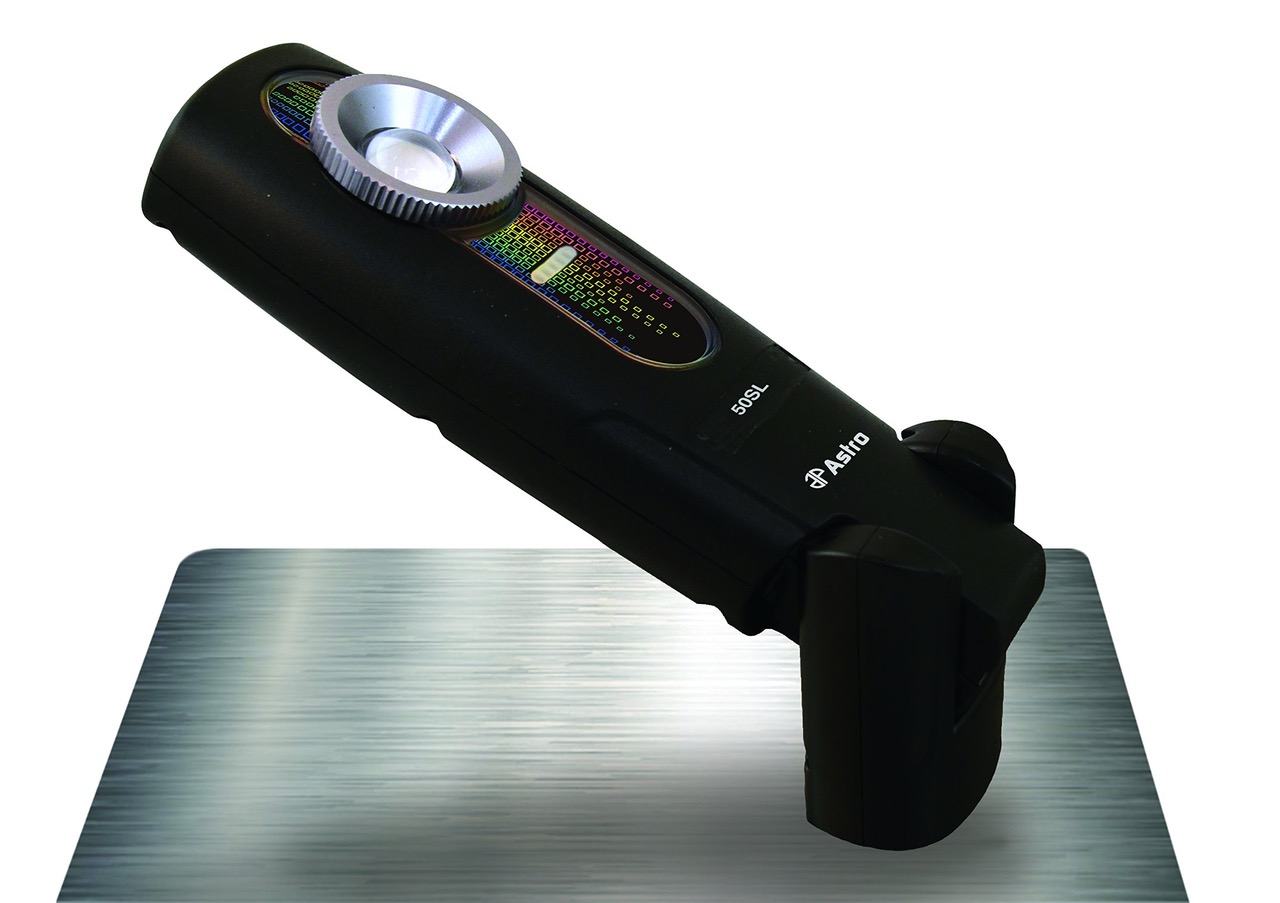
You can also use a light box. These are scientific instruments used in color labs to ensure and evaluate colors in varying light sources. They are rather large and expensive. Expect to pay several hundred dollars to thousands. I found one on eBay for around $500. I’ve used it many times, and if you have a shop, I would highly recommend it.
Furniture Colors, Sauvage Finishes
Most colors used on furniture, such as sofas, chairs and ottomans, are earth toned and contain several layers of color arranged in various patterns. Sauvage gives the color depth and character. Usually they are the combination of three colors. These colors are usually, not always, achieved without white or black mixed in with the colors. They are brown tones free from the influence of grey. Read that again—no white and no black. Clear? Okay—you can move on.
Usually these furniture colors are the combination of three primaries, red, yellow and blue. They are not oxide colors, because oxides are already muted or grey. So choose appropriately. Find the yellowest yellow and the reddest red when approaching these colors. Find a blue as free from the influence of the other two primaries. You are looking for the best, cleanest pigments you can find.
Learning to layer the colors in an artistic fashion mimicking the existing pattern is probably the toughest job you can get with color matching. But, usually, lighter colors generally go first. They provide the background color and the darker colors are applied. This is tricky.
Combining the colors is akin to touching up a faux finish wall. Anywhere that your top colors mix the original surround color will look different. These colors are translucent and combine with the color underneath them.
When using an airbrush, make sure to turn the pressure down really low. This allows heavier atomization. Like tiny little droplets. This helps with color serration, making each color applied distinctly unique. Sometimes watering the color down, reduces the intensity of the color and is just right for the finishing touch.
Try using different objects to create patterns when going for the layered look. Sponges, cheesecloth, virtually any other object can be turned into a color application device.
I will say that I have not had much luck with paint brushes. I have found them to be the least effective with duplicating patterns. They usually apply the color inconsistently, leaving too much variance in the amount of color applied, giving it noticeably darker and lighter patches. I always say that you are looking for a symmetrical randomness. After all, the meaning of sauvage is French for natural.
It’s best to find qualified instruction in this area, but experimentation is a great learning mechanism. Usually, if you persist, you will find something that works.
Well, back to Sean. He did make it through that Halloween night. But one thing is for sure. The phrase “nice shoes” is forever etched into the lexicon of interior repairmen’s insider jokes.


